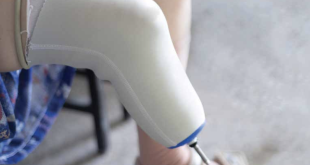Hormones have a close relationship with hair growth. They play a central role in the progression of the hair cycle. Androgens, such as testosterone, dihydrotestosterone (DHT), dehydroepiandrosterone (DHEA), dehydroepiandrosterone sulfate (DHEAS), and androstenedione are said to be the principal regulators of normal human hair growth.
There are four stages of the hair growth cycle: anagen, catagen, telogen, and exogen. Anagen is the growth phase, or the active phase, where the new hair grows rapidly. In average normal humans, hair grows about half an inch a month (six inches a year).
The anagen phase is followed by the catagen phase, which signals the end of active hair growth and cuts the hair from the blood supply, thereby stopping new hair from growing. Approximately 3% of our total hair is in this stage at any time. This stage lasts for around 10 days.
Telogen phase is the third stage of the natural hair growth cycle. This is also known as the resting phase, where the hair remains in their follicles without actively growing. Approximately 10-15% of our hair is in the telogen phase at any given time. This stage lasts from around three months to 100 days, on average.
Exogen phase comes after the end of telogen phase, which is also the final stage of the cycle. In this phase, the hair strands are released from the follicles and fall off. After the fall out, the hair cycle resumes once again from the anagen phase.
 Medicosnext
Medicosnext




